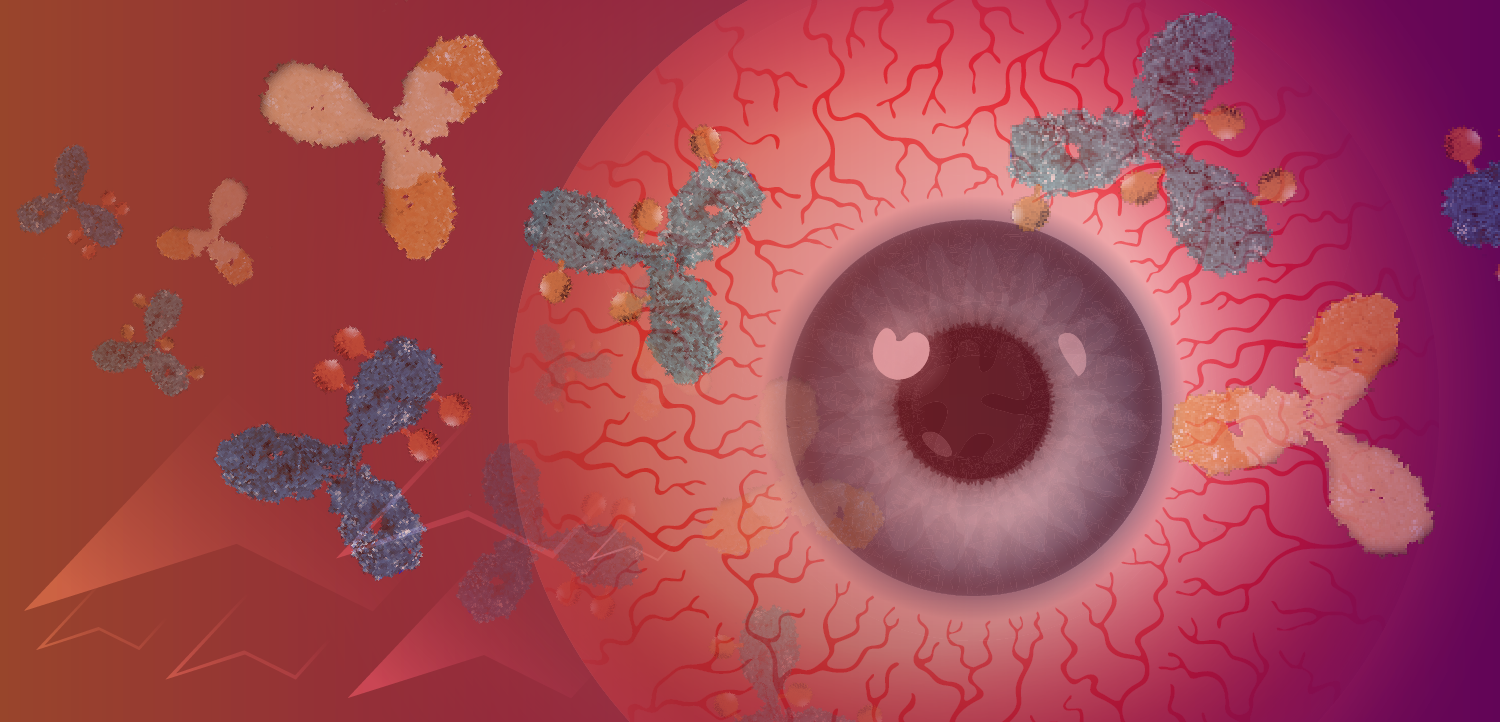Corneal hysteresis lower after DLEK
Corneal hysteresis measurements were significantly lower in patients who underwent deep lamellar endothelial keratoplasty (DLEK). DLEK has a direct effect on corneal hysteresis and the corneal biomechanical properties of the human cornea, according to Thomas John, MD, Loyola University at Chicago, Maywood, IL.
Corneal hysteresis measurements were significantly lower in patients who underwent deep lamellar endothelial keratoplasty (DLEK). DLEK has a direct effect on corneal hysteresis and the corneal biomechanical properties of the human cornea, according to Thomas John, MD, Loyola University at Chicago, Maywood, IL.
Dr. John compared hysteresis measurements in patients who underwent DLEK (n = 8) and normal subjects (n = 88). The biomechanical properties of the eyes were measured (Ocular Response Analyzer [ORA], Reichert Inc.).
Dr. John operated on all patients who underwent DLEK, and the donor corneal disks were surgeon-cut, using manual lamellar dissection and an artificial anterior chamber or an artificial anterior chamber and a microkeratome (Moria). An intracorneal pocket was dissected in all eyes and a trephine (Terry Trephine, Bausch & Lomb) was used to excise the host posterior cornea. The measurements in the operated eyes were performed more than 3 years postoperatively.
Dr. John reported that in normal eyes the hysteresis measurement was 10.51 and 9.01 in DLEK corneas. The difference was statistically significant (p
"This is the first report of corneal hysteresis following DLEK. There is a decrease in corneal hysteresis following DLEK that was significantly lower than in normal eyes. DLEK has a direct effect on the corneal hysteresis and corneal biomechanical properties of the human cornea. ORA corneal hysteresis measurements and corneal inflammation signals may provide important information about corneal wound healing," he concluded.
Newsletter
Don’t miss out—get Ophthalmology Times updates on the latest clinical advancements and expert interviews, straight to your inbox.















































.png)


